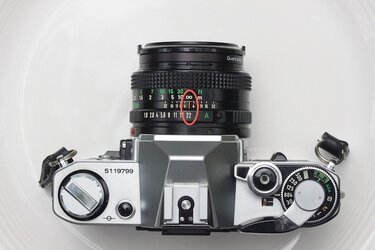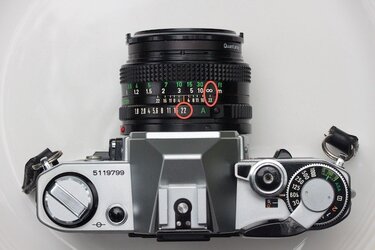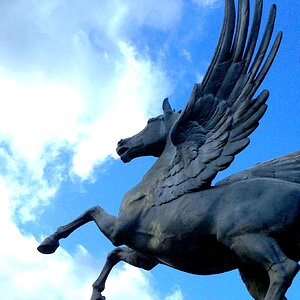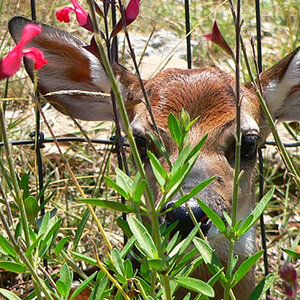siulcr
TPF Noob!
- Joined
- Sep 2, 2014
- Messages
- 5
- Reaction score
- 0
- Location
- Costa Rica
- Can others edit my Photos
- Photos OK to edit
Hey guys! I just want general recommendations or advice with getting the proper focus, I've training with my manual professional mode for a while now and I'm getting brilliant exposures, so I guess this is not a problem anymore. However, I still have to remove some pretty good shots due to lack of sharpness, most of the time I use auto single point focus, but I'm not sure how to get this technique into perfection.
Any advice for getting the proper focus for a sharp image?
Best,
Luis.
Any advice for getting the proper focus for a sharp image?
Best,
Luis.




![[No title]](/data/xfmg/thumbnail/30/30878-f33da8abe01acde1dcee7898f41310e1.jpg?1619734493)

![[No title]](/data/xfmg/thumbnail/32/32178-010a47bfeb945bdafb02b0ee4888290c.jpg?1619735235)



![[No title]](/data/xfmg/thumbnail/30/30877-ef8d8a8cf110d5566382bb4e8a76fd3f.jpg?1619734492)



![[No title]](/data/xfmg/thumbnail/32/32179-99b00fe3df8a5ed7303ced76980128fd.jpg?1619735235)
